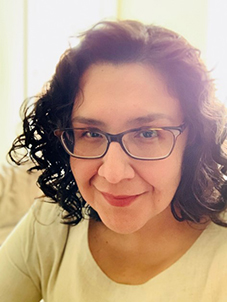September is National Suicide Prevention Month. During the month of September, the Indian Health Service raises suicide prevention awareness with recognition of National Suicide Prevention Week from September 10 to September 16. The aim of theses observances is to share information, promote resources, encourage collaboration, and foster partnerships to address suicide in Indian Country.
July 2023 marked the launch of 988, the nation’s three-digit dialing code to the Suicide & Crisis Lifeline, formerly the National Suicide Prevention Lifeline. The Suicide & Crisis Lifeline provides access to trained crisis counselors 24 hours a day, 7 days a week, and is free and confidential. Crisis services within Indian Country are vital services for American Indian and Alaska Native people to address mental health and emotional issues.
In recognition of the need for crisis services, the IHS Division of Behavioral Health developed suicide and crisis prevention fact sheets and posters to increase hope and action. These fact sheets promote the Suicide & Crisis Lifeline, Crisis Text Line, Trevor Project and the Trans Lifeline. These lines address not only crisis and suicide, but also the intersectional identities of American Indian and Alaska Native people. The fact sheets provide ways to help and protect yourself and your loved ones. The posters promote crisis lines and contain blank boxes where facilities can individualize the information by adding local information.
In addition, the IHS has partnered with the THRIVE suicide prevention project at the Northwest Portland Area Indian Health Board to develop an interactive Crisis Services for Indigenous People map. The map provides information on alternatives to emergency departments and hospitals, getting help 24/7, mental health crisis programs, mobile crisis outreach, substance use and non-medical care, text and chat lines, as well as youth hotlines and services across the 12 IHS Areas. The map was developed to prevent American Indians and Alaska Natives from needing restrictive care by addressing mental health and emotional issues before a crisis. The services contained within are merely a snapshot of what is available.
The IHS strives to uphold our mission to raise the physical, mental, social and spiritual health of American Indians and Alaska Natives to the highest level by encouraging timely access to services through crisis lines.
Every death by suicide is a tragedy. Obtaining mental health services that are timely, accessible and confidential can save lives. We invite tribal programs, urban Indian health organizations, tribal colleges, and others to promote crisis services to reduce stigma, increase help-seeking behaviors, open dialogue about this issue, check on family and friends, as well as educate everyone on the availability of crisis services. By working together, we can make a difference and reduce suicide. The lives we save are those of our relatives.



